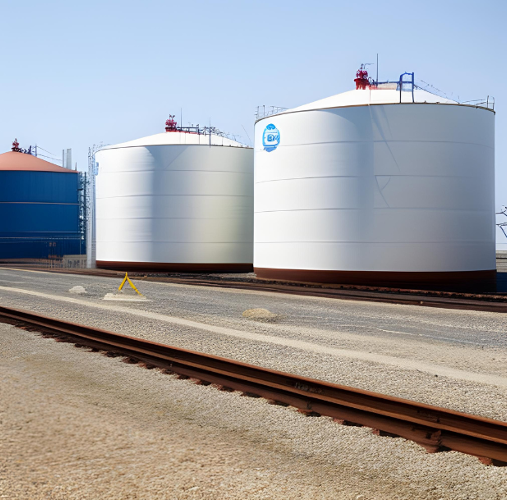This is Part II of a two-part series examining the safety issues involved in using ammonia for power generation. The first story was published in the Aug. 21 Weekly report.
As several Japanese utilities prepare to start world-first trials of ammonia-fired power generation, most of the focus will be on the process of producing electricity. But a major challenge for companies pursuing this technology at gigawatt-scale will be in how to move and store the ammonia fuel.
Ammonia, a compound that includes hydrogen atoms, is a key component of Japan’s decarbonization strategy. It is seen as a versatile energy carrier that burns without emitting CO2, potentially offering another net-zero option to generate electricity.
Japan has already penciled in commercial operations of thermal power plants that burn coal and ammonia, side by side, from 2027-28. The technology, known as co- firing because it allows two fuels to be used, is seen as vital for Japan to cut CO2 emissions and wean itself off coal.
The current timescale leaves utilities with just four to five years to solve several significant logistical and safety standards issues. And among the biggest of these is creating the right kind of tanks to contain ammonia.

